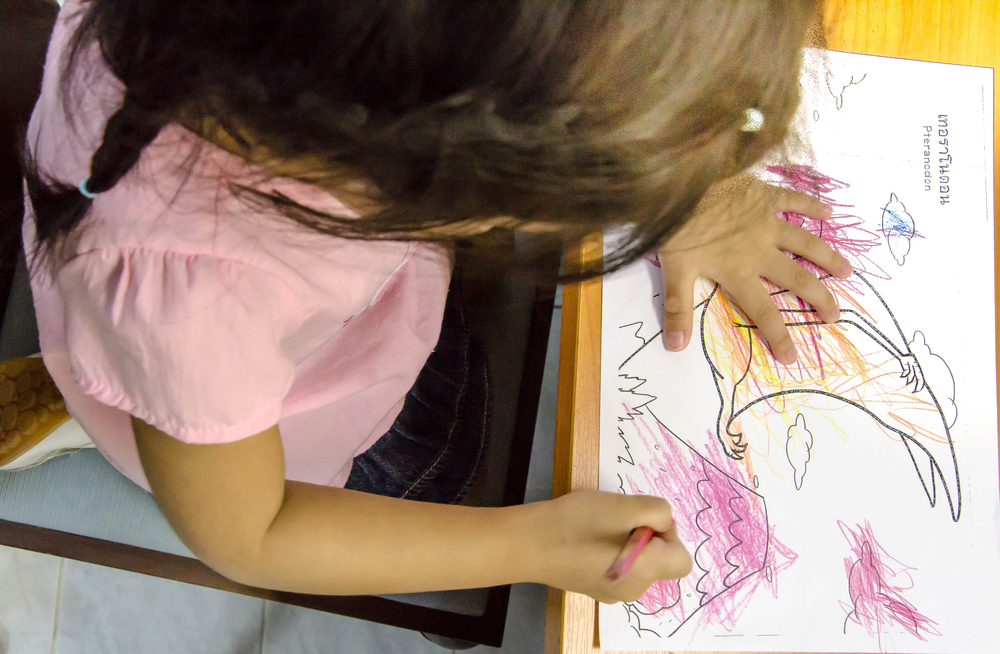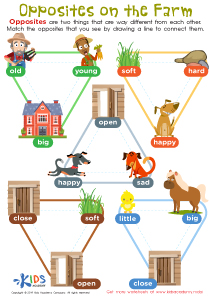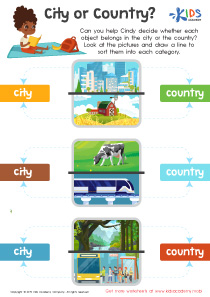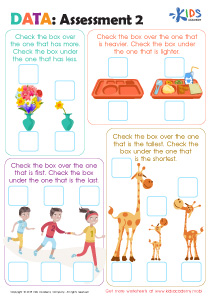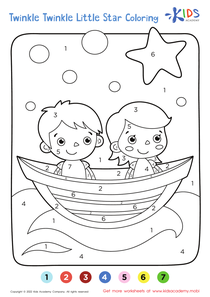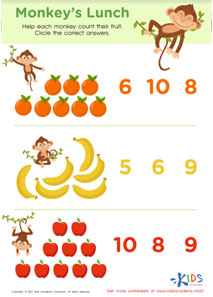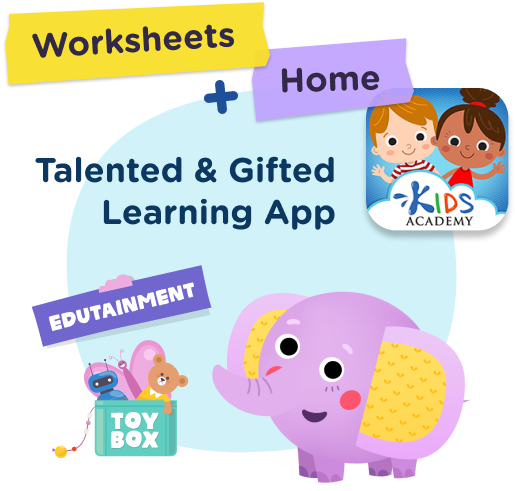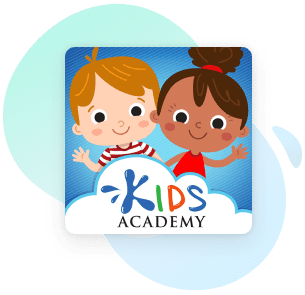Fruit identification Math Worksheets for Ages 3-5
3 filtered results
-
From - To
Introduce your little learners to the world of fruits while sharpening their math skills with our Fruit Identification Math Worksheets for Ages 3-5. Specifically designed for preschoolers, these printable activities seamlessly integrate identification tasks with fundamental math concepts. Kids will enjoy vibrant images as they learn to recognize fruits, count, compare sizes, and even sort by categories. Each worksheet fosters essential skills like number recognition, counting, and critical thinking. Make early math fun and interactive with these engaging, educational resources, perfect for both classroom and home learning settings. Transform learning into play with our delightful fruit-themed worksheets!
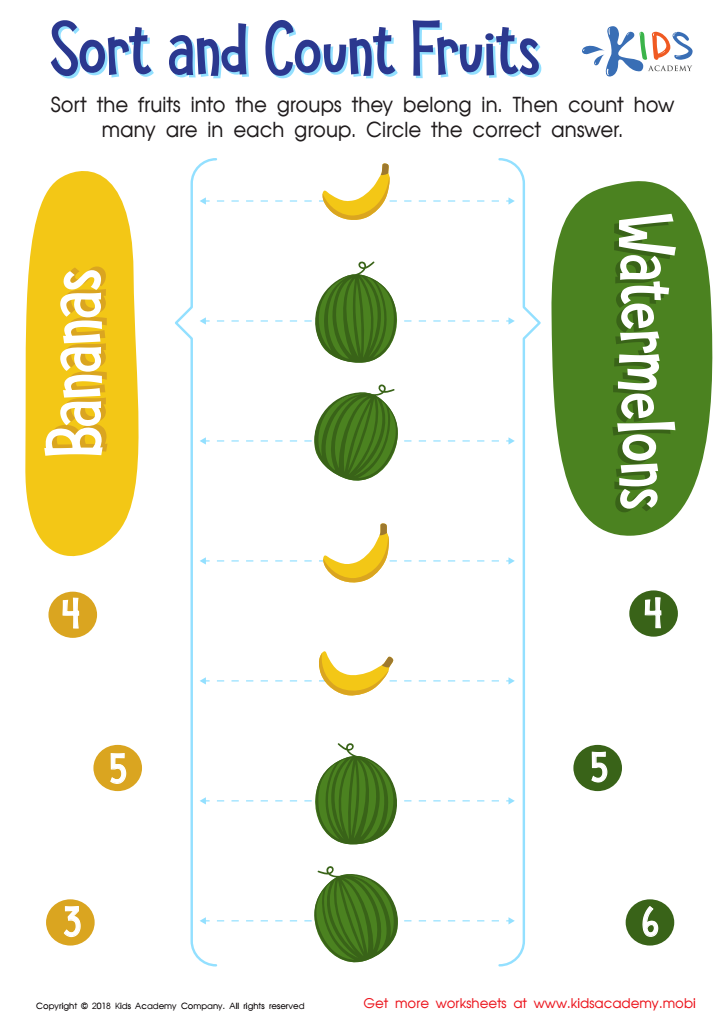

Sort and Count Fruits Worksheet
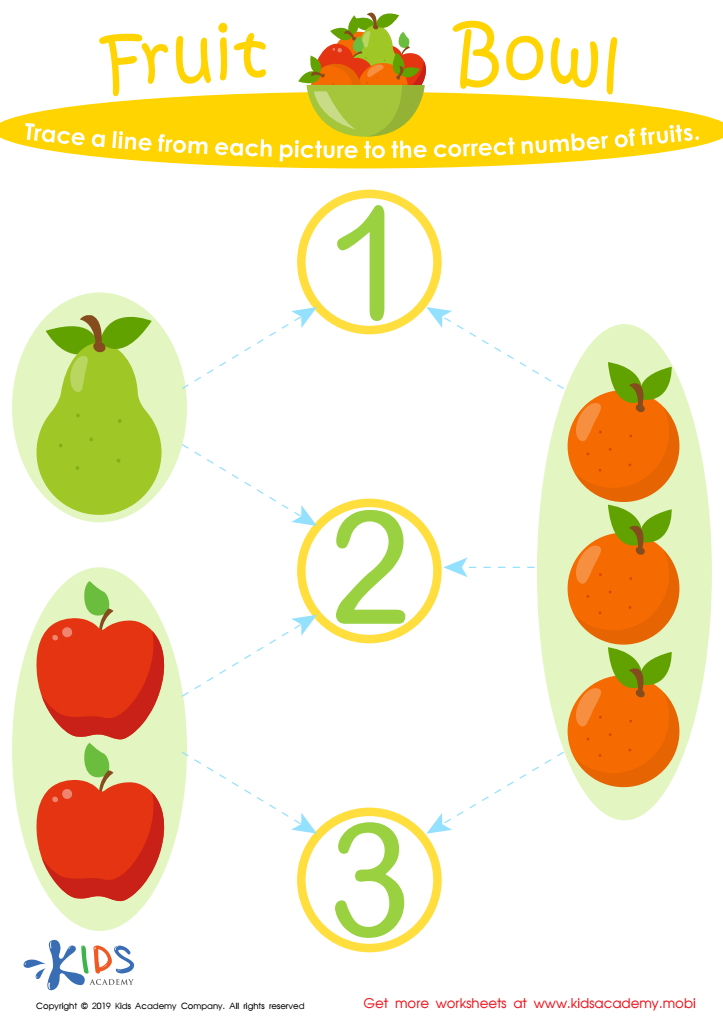

Fruit Bowl Worksheet
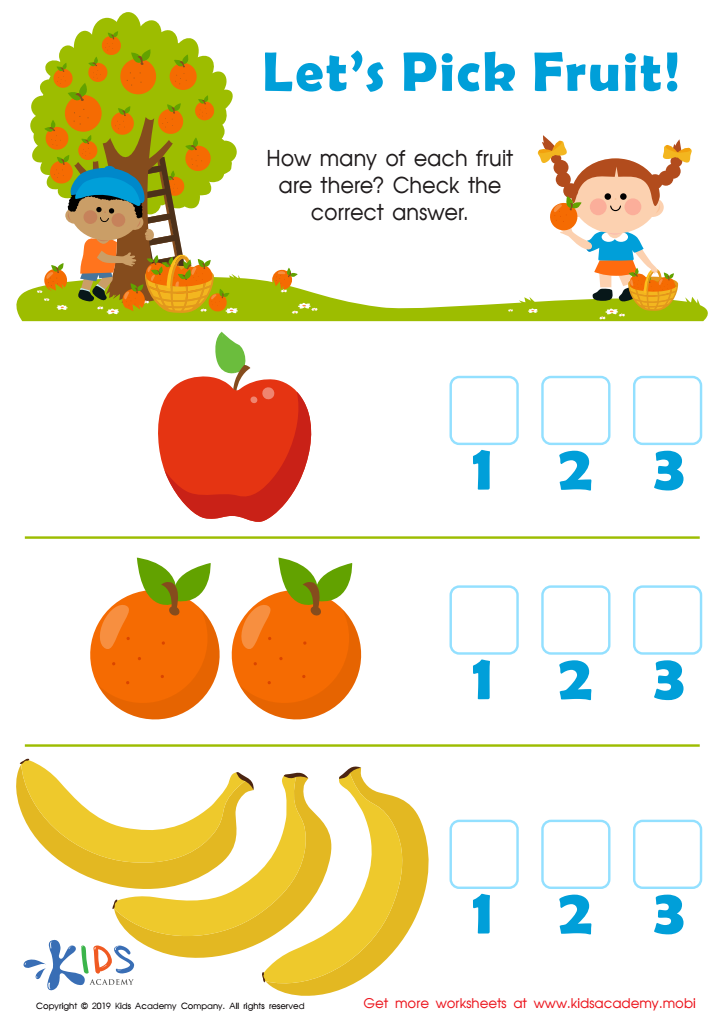

Let's Pick Fruit Worksheet
Fruit identification math for children ages 3-5 combines critical early developmental skills with engaging, hands-on learning. At this stage, youngsters are naturally curious and benefit greatly from interactive activities. This approach helps them in several fundamental ways.
First, it reinforces color and shape recognition, as children learn to tell different fruits apart. Understanding these basic attributes is essential for future complex cognitive tasks.
Second, fruit identification lays the groundwork for numeracy skills. Counting fruits, sorting them into groups, or even adding and subtracting using fruit pieces can introduce young minds to mathematical concepts in a tangible, meaningful manner.
Third, it expands their vocabulary and comprehension. Learning fruit names and characteristics deepens their language development and fosters better communication skills.
Moreover, involving them in fruit identification indirectly encourages healthy eating habits. Parents and teachers can leverage this activity to discuss the importance of fruits in their diet, linking to social and health education.
Finally, these activities often involve teamwork and cooperative play, promoting social skills and emotional development. Therefore, parents and teachers should care about fruit identification math because it creates a well-rounded, enriching learning experience that caters to cognitive, linguistic, social, and physiological growth.
 Assign to My Students
Assign to My Students

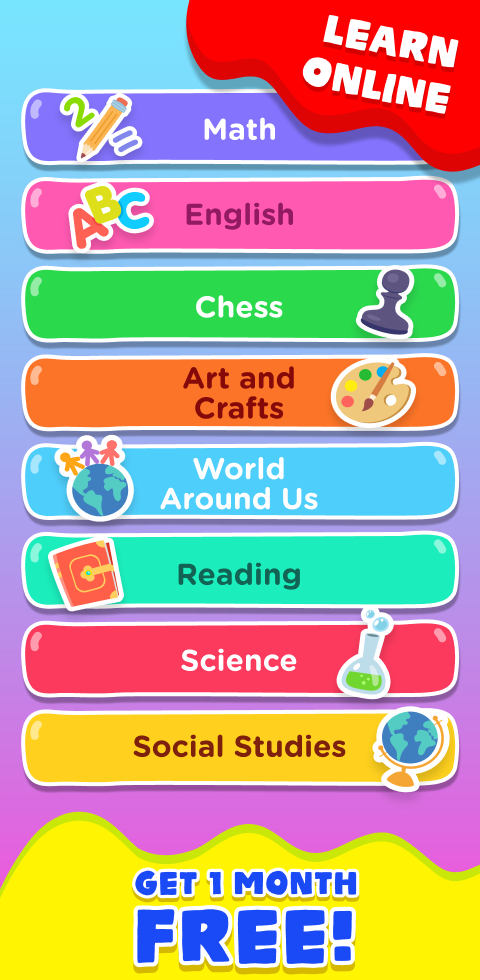
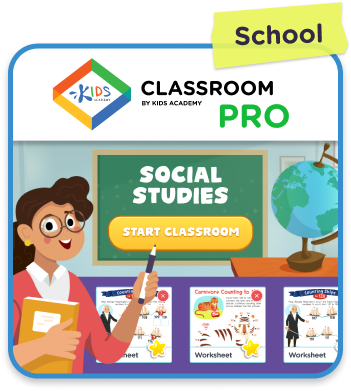
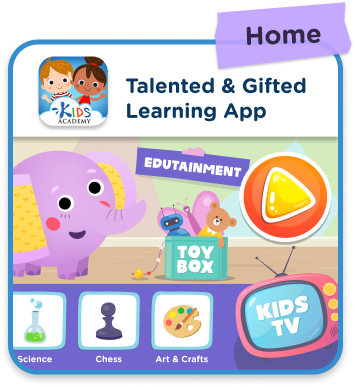
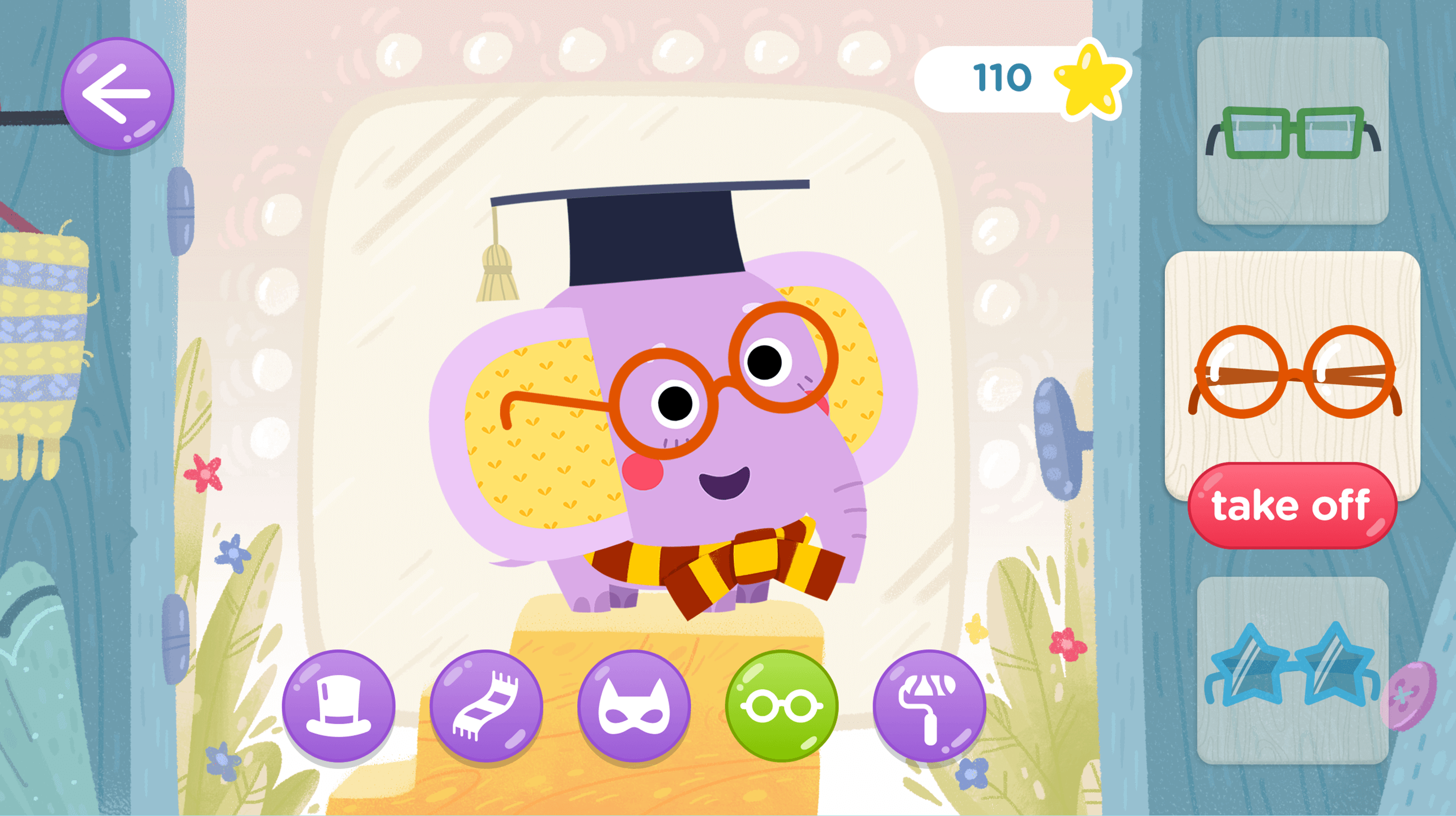
%20(1).jpg)

